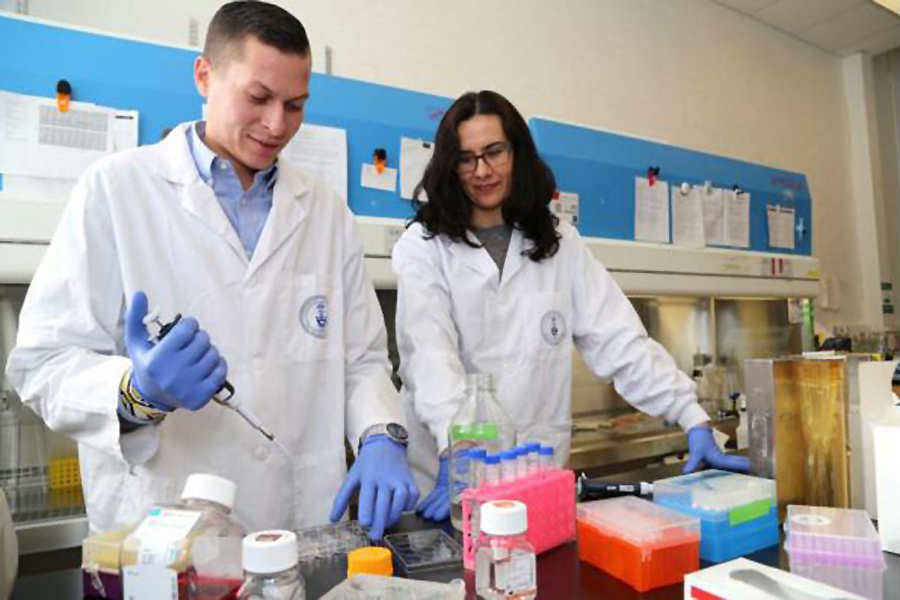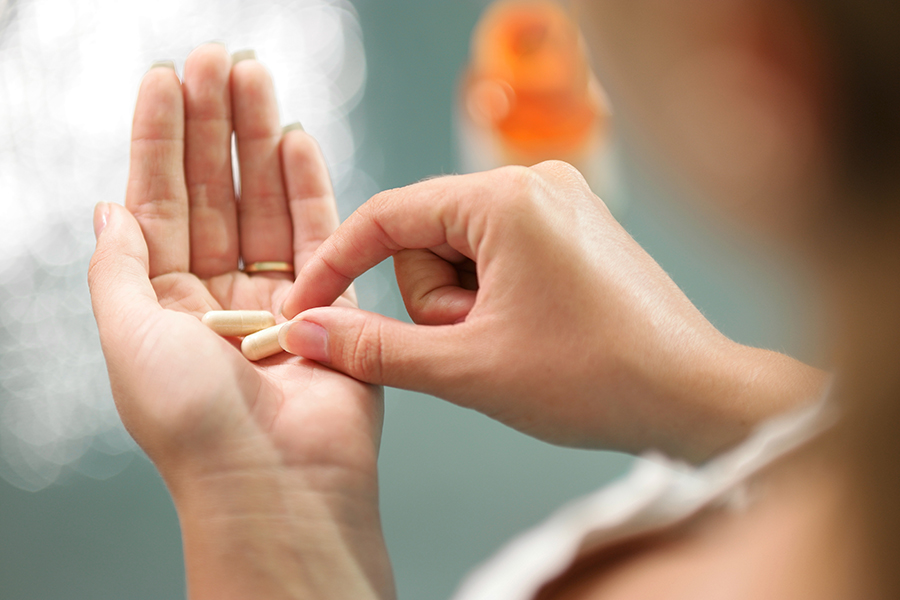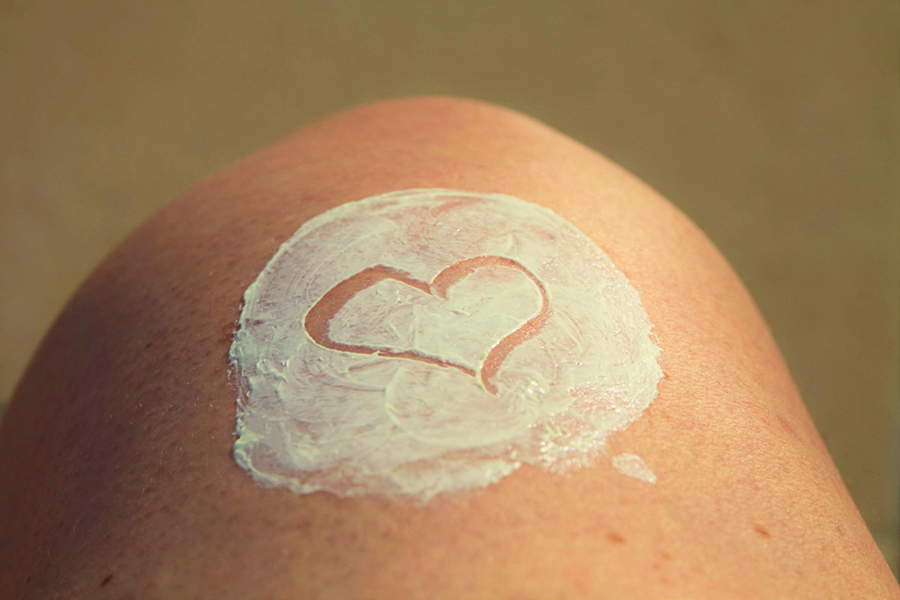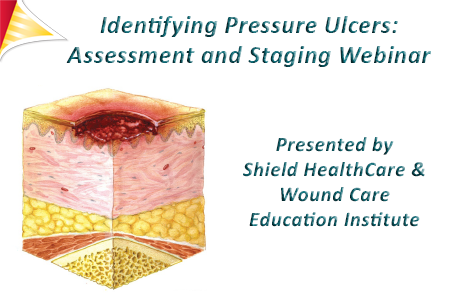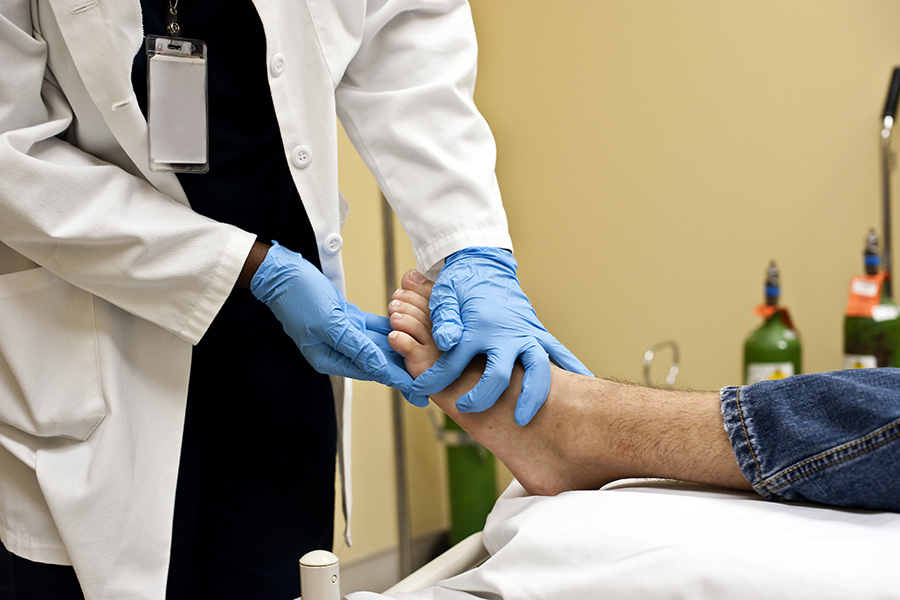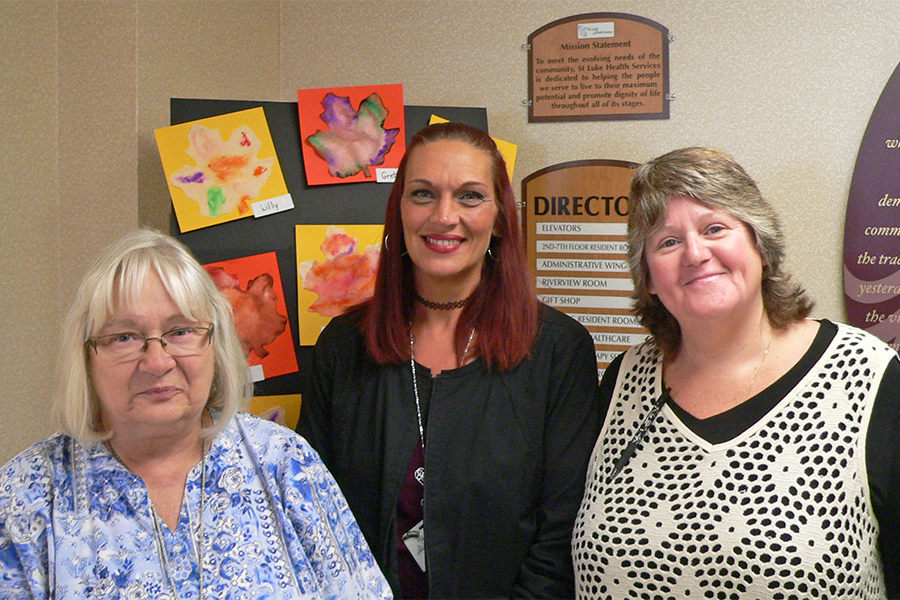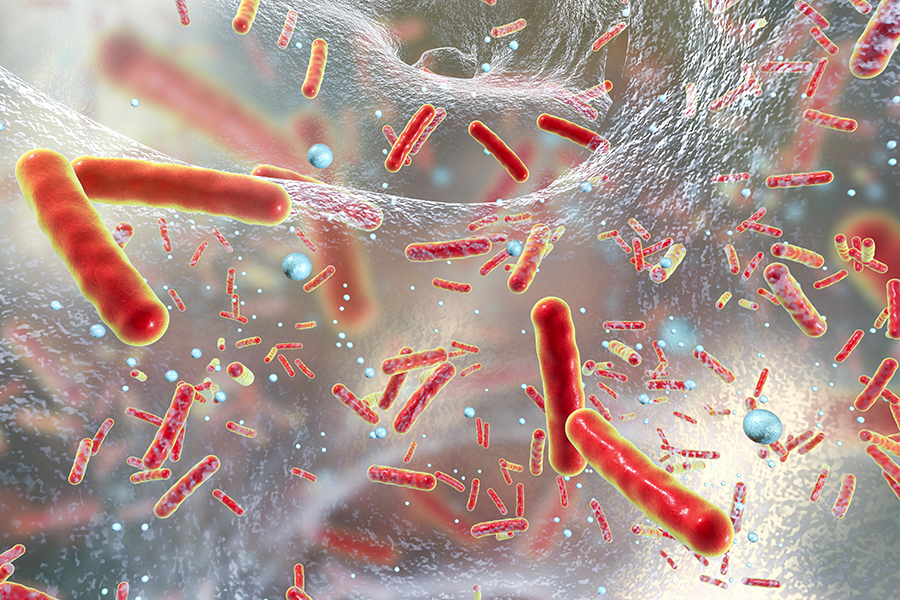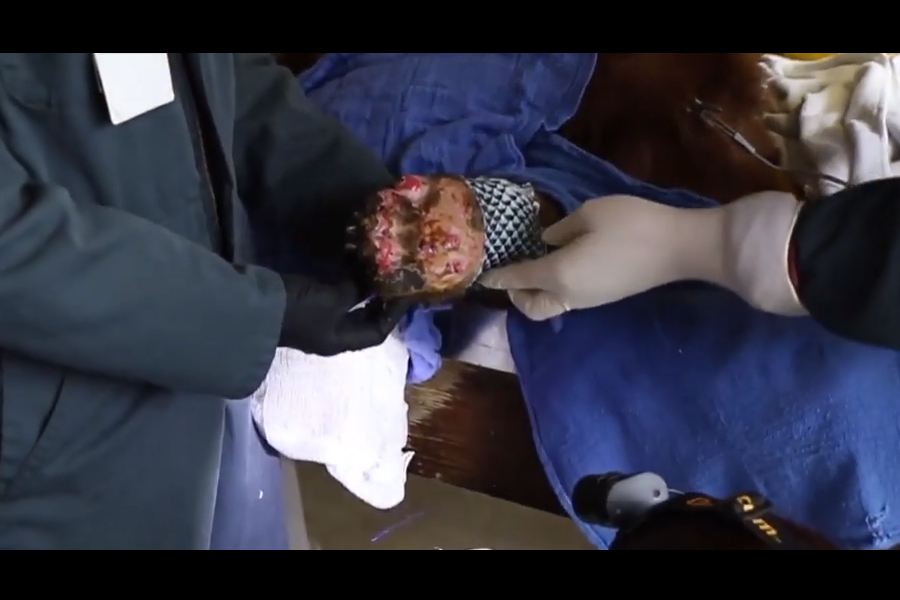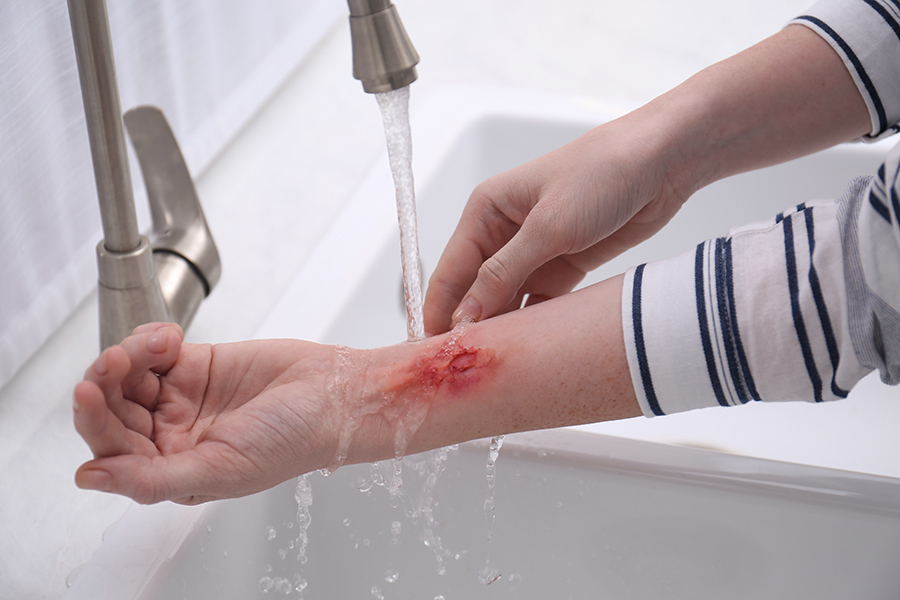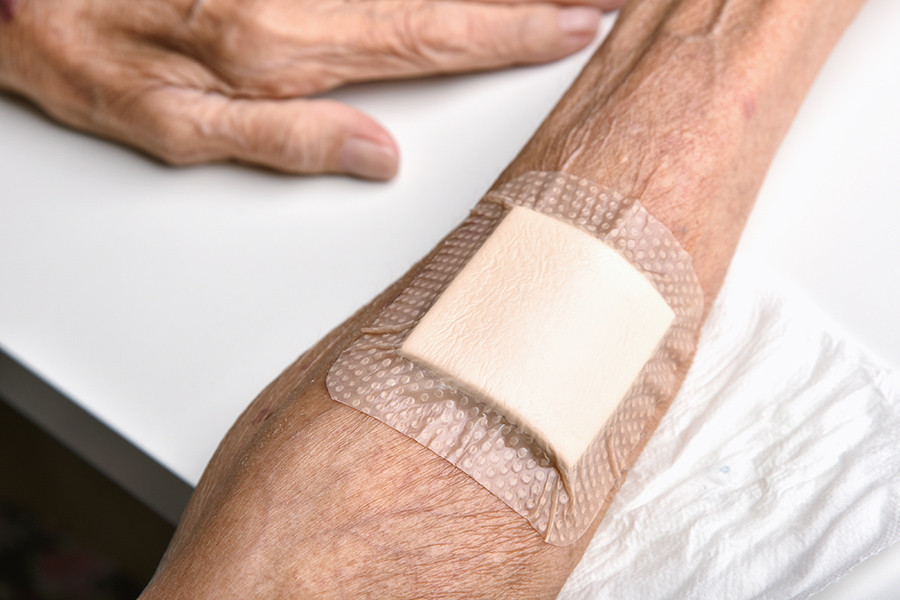By Amy Wallace for UPI.com
TORONTO, Dec. 14 (UPI) — People with diabetes may have a new tool at their disposal in dealing with a common problem many with diabetes experience, chronic wound healing.
Researchers from the University of Toronto Engineering department led by Professor Milica Radisic have developed a peptide-hydrogel biomaterial that prompts skin cells to “crawl” together to close chronic, non-healing wounds associated with diabetes.
Previously, treatments for chronic wounds required applying topical ointments to promote the growth of blood vessels in the area. However, in people with diabetes, blood vessel growth is inhibited making those treatments ineffective.
Radisic and her team have been using a special peptide they developed called QHREDGS or Q-peptide for short, for nearly a decade to promote the survival of many different types of cells but had never applied it to wound healing until now, and the results are promising.
They tested the peptide-hydrogel mix on healthy cells from the skin’s surface, called keratinocytes, along with keratinocytes derived from elderly people with diabetes. The non-healing wounds closed 200 percent faster using the peptide-hydrogel mix than with no treatment and 60 percent faster than with treatment with a leading commercial collagen-based product.
“We were happy when we saw the cells crawl together much faster with our biomaterial, but if it didn’t work with diabetic cells, that would have been the end of the story,” Radisic stated in a press release. “But even the diabetic cells travelled much faster — that’s huge.”
Radisic and Ph.D. students Yun Xiao and Lewis Reis compared the peptide-hydrogel mix with commercially available collagen dressing, to hydrogels without the peptide and with no treatment. The results showed that a single dose of the peptide-hydrogel mixture closed the wounds in less than two weeks.
“Currently, there are therapies for diabetic foot ulcers, but they can be improved,” Xiao said in a press release. “Diabetic wound healing is a complicated condition, because many aspects of the normal wound healing process are disrupted. I know people with diabetic foot ulcers, and the possibility to improve their lives drove me throughout this work.”






